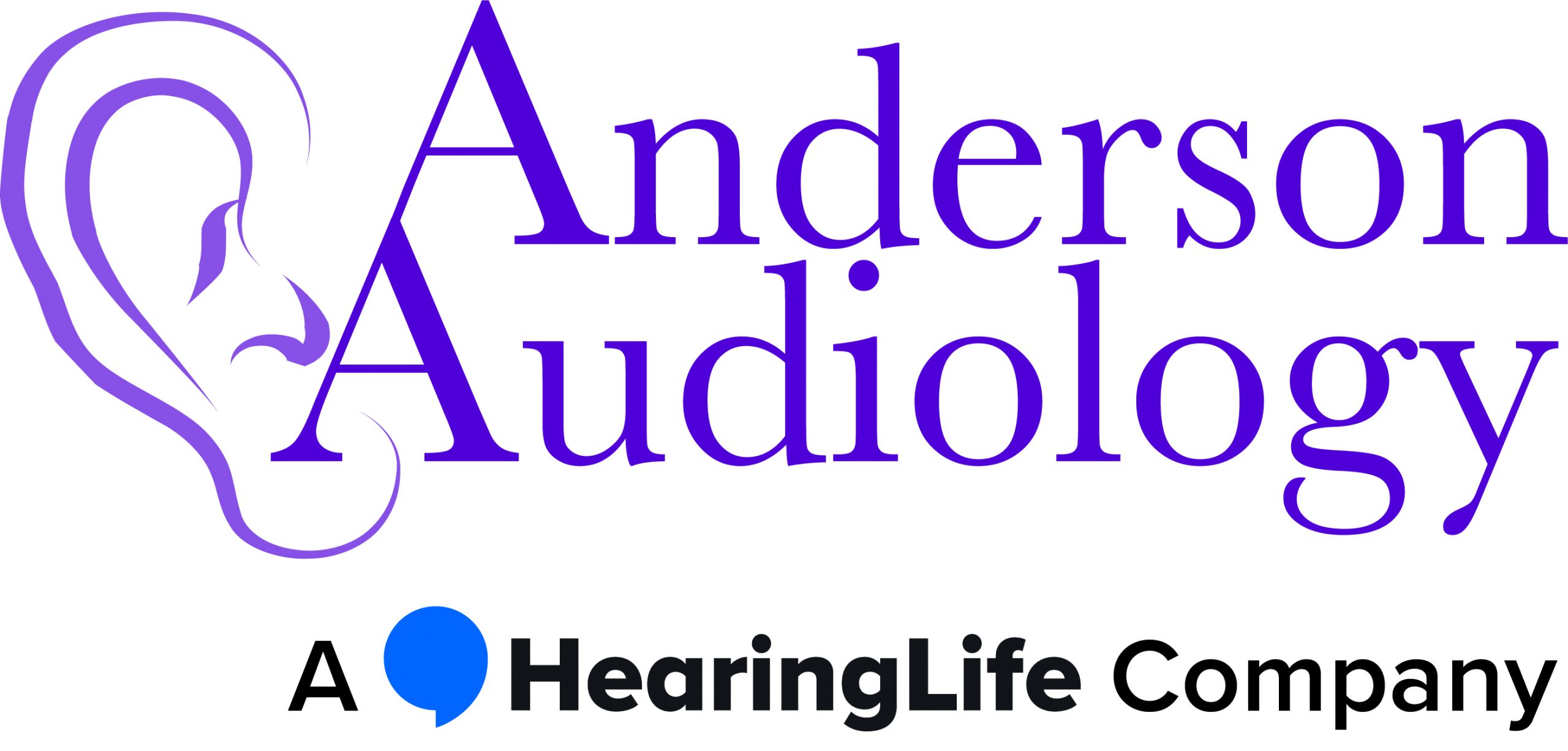What is Otosclerosis?
It’s estimated that more than 3 million Americans are affected by otosclerosis. Otosclerosis is a relatively common cause of hearing loss experienced by young adults. Many people diagnosed with otosclerosis are believed to have inherited the condition.
Otosclerosis affects structures in your ear that deal with sound. The word itself holds a clue. “Oto” comes from the Greek word oûs, and means “ear.” “Sclerosis,” although of Latin origin, has Greek roots. Stemming from the Greekword “sklerosis,” meaning “hardening.” Sclerosis in 14th century Latin, means “a hardness, hard tumor.”
Put them together, and you can see. Otosclerosis is a condition characterized by abnormal bone growth or remodeling in your middle ear.
How Do We Hear?
Before we delve into the details of otosclerosis, let’s get the basics out of the way. We need to first understand how we hear. Your ability to hear is actually a sophisticated process. It involves parts of your ear, nerves, and even your brain.
In order for you to “hear” the following happens:
- An external source makes a sound. This sound creates sound waves.
- These sound waves enter your ear, in the part known as your outer ear.
- The sound waves then travel through your ear canal leading to your eardrum, causing your eardrum to vibrate.
- The vibration of your eardrum triggers three tiny bones in the middle of your ear to move. These bones are the malleus, incus, and stapes.
- This movement makes the fluid in your inner ear (your cochlea) to move.
- Tiny hair cells in your cochlea then translate this movement into electrical pulses.
- These tiny electrical signals are transmitted to your brain via the auditory (hearing) nerve.
- Your brain then interprets the signals as sound.
Damage to any one part of this sophisticated process can impair your hearing.
Otosclerosis generally involves damage to one of the tiny bones in your middle ear – the stapes. The stapes experiences abnormal growth, which can eventually lead to the bone fusing to bones around it. In turn, this prevents the bones from moving. That blocks sounds from entering your inner ear correctly.
What Causes Otosclerosis?
The exact causes of otosclerosis remain unknown. Researchers are unsure what causes the abnormality in the stapes. It’s believed that genetics may play a big role, as otosclerosis is often hereditary.
Other causes are suspected to include:
- Prior measles infection
- Immune disorders
- Stress fractures in the inner ear
Symptoms of Otosclerosis
Symptoms of otosclerosis may include:
- Hearing loss that worsens over time
- Difficulty hearing certain low pitch sounds (like a whisper)
- You find it easier to hear in noisy environments (not typical of many types of hearing loss!)
- Experiencing symptoms of tinnitus
- In rare cases, dizziness or vertigo
Diagnosing Otosclerosis
Diagnosis otosclerosis will require a visit to your local hearing healthcare specialist. The first step towards a diagnosis will involve ruling out other potential causes of the symptoms.
Once other conditions have been ruled out, your hearing specialist will carry out sophisticated hearing assessments that can measure your hearing sensitivity, as well as sound conduction. In some cases, your hearing specialists may recommend a CT scan for definitive imagery.
Trust the Experts at Anderson Audiology
If you suspect that you’re experiencing hearing loss, please don’t delay seeking help. The hearing healthcare professionals at Anderson Audiology are on hand to help. Call the team today on 702-997-2964. Alternatively, click here to request an appointment online.
